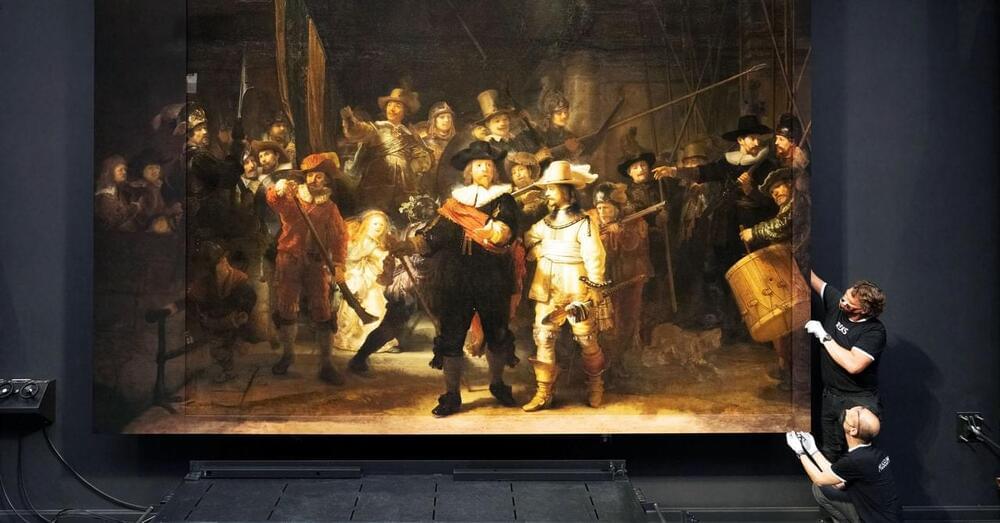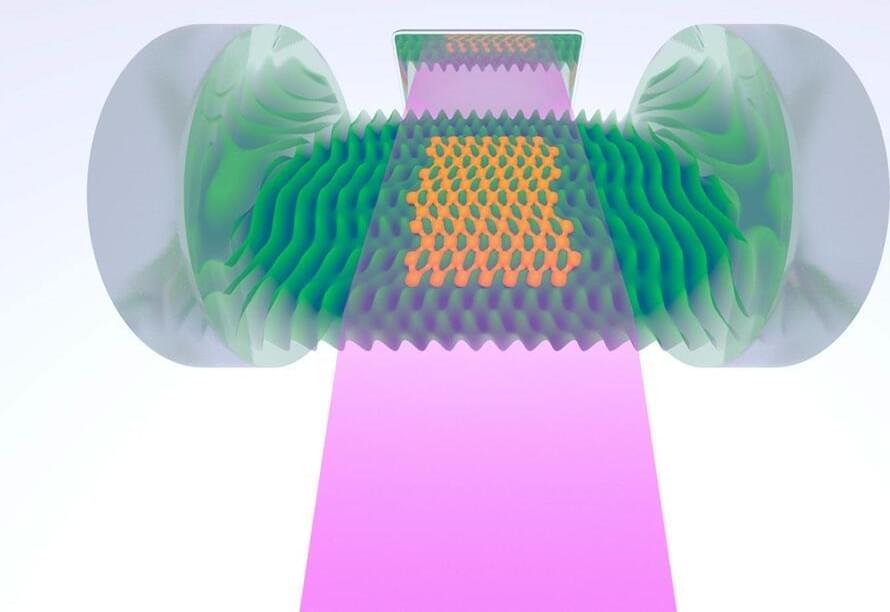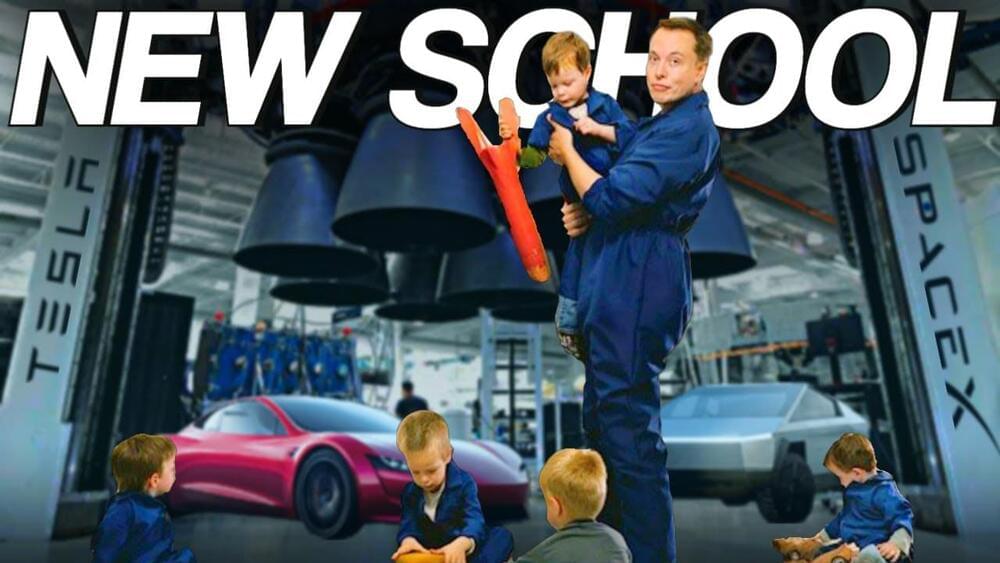Nov 27, 2021
Can AI Truly Give Us a Glimpse of Lost Masterpieces?
Posted by Gemechu Taye in categories: media & arts, robotics/AI
Recent projects used machine learning to resurrect paintings by Klimt and Rembrandt. They raise questions about what computers can understand about art.
Full Story:
IN 1945, FIRE claimed three of Gustav Klimt’s most controversial paintings. Commissioned in 1,894 for the University of Vienna, “the Faculty Paintings”—as they became known—were unlike any of the Austrian symbolist’s previous work. As soon as he presented them, critics were in an uproar over their dramatic departure from the aesthetics of the time. Professors at the university rejected them immediately, and Klimt withdrew from the project. Soon thereafter, the works found their way into other collections. During World War II, they were placed in a castle north of Vienna for safekeeping, but the castle burned down, and the paintings presumably went with it. All that remains today are some black-and-white photographs and writings from the time. Yet I am staring right at them.
Continue reading “Can AI Truly Give Us a Glimpse of Lost Masterpieces?” »


















